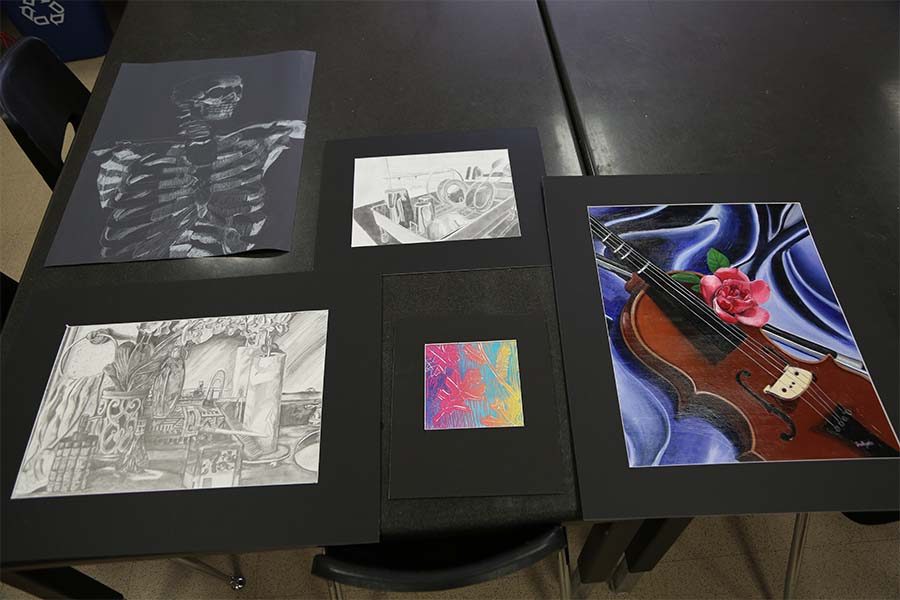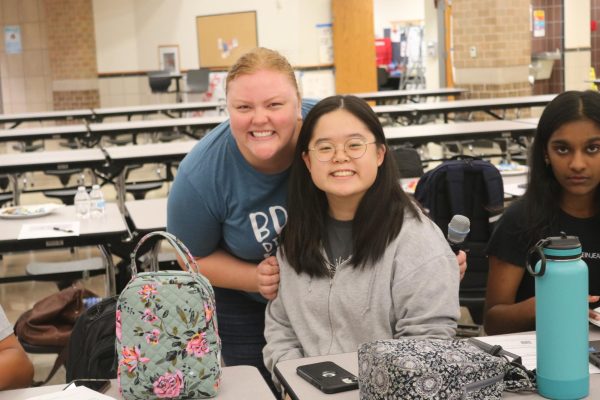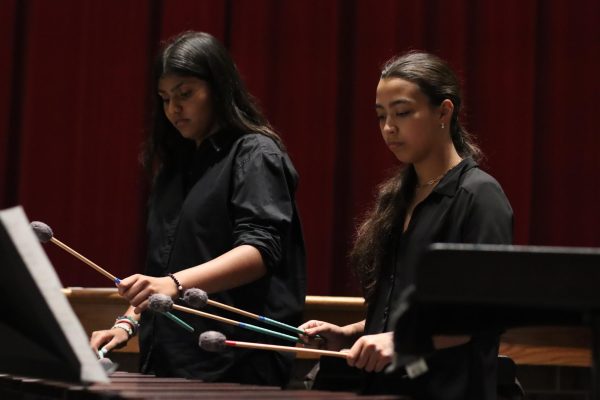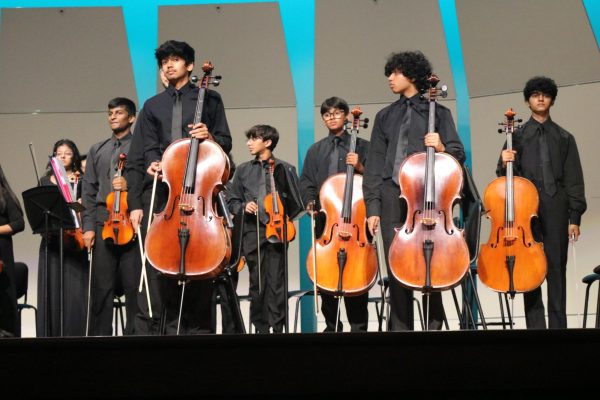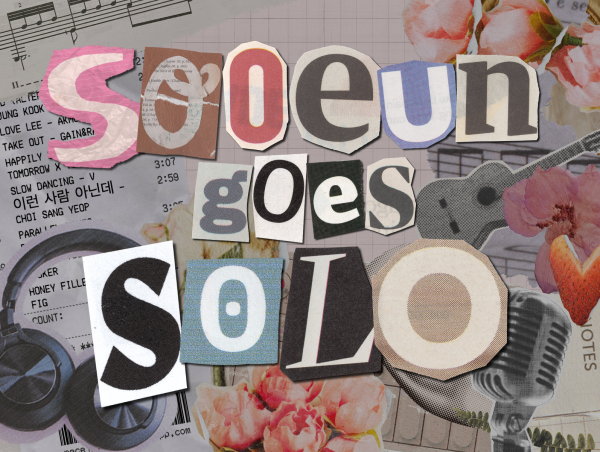Art UIL moves online through VASE
Freshman Joy Kim was recognized for her exemplary achievement in visual arts by earning a Gold Seal in VASE’s annual competition.
January 22, 2021
Sign ups for art’s UIL competition have officially begun, which will be conducted through the VASE organization. In previous years, judging has taken place in-person at various high schools in the area, but VASE has adapted to the current COVID-19 circumstances by going completely virtual this year.
“My advice for students would be to create their best work and then use it as a learning experience, as this competition helps them learn to talk about their art work, explore different media, and also push themselves to create something that you really deem worthy,” art teacher Jeb Matulich said. “Students who choose to enter should be serious about their work, as there is a cost to sign up.”
Online submissions are due by Feb. 15th, while the virtual judging will take place on the Feb. 20 with sign-ups open to art students of all grade levels
“I’m participating in the UIL competition this year because I’d say that I’m a pretty competitive person. It seems like a cool thing to do, and why not compete in something I love to do?” sophomore Riley Opiela said. “I know I’m going to do something with paints, and I’m most likely going to go with watercolors because it’s my strong suit. I have my own watercolor business so I’ve gotten pretty good at knowing how to mix certain colors and create various washes, so I think I’ll be able to create a really cool piece with them!”
Many students, such as sophomore Emily Aronson, are treating this competition as an opportunity to step outside of their comfort zone and try something new artistically.
“I’ve always done portraits that are mainly just straight on so you can see the details, but I decided to add layers of different emotions and angles,” Aronson said. “I feel like straight on portraits only represent the “norm” of how people are supposed to feel and look, but showing different angles of what may not be considered “pretty” shows every side of a person. I thought that this might connect with the people that see more than just a pretty picture would.”



